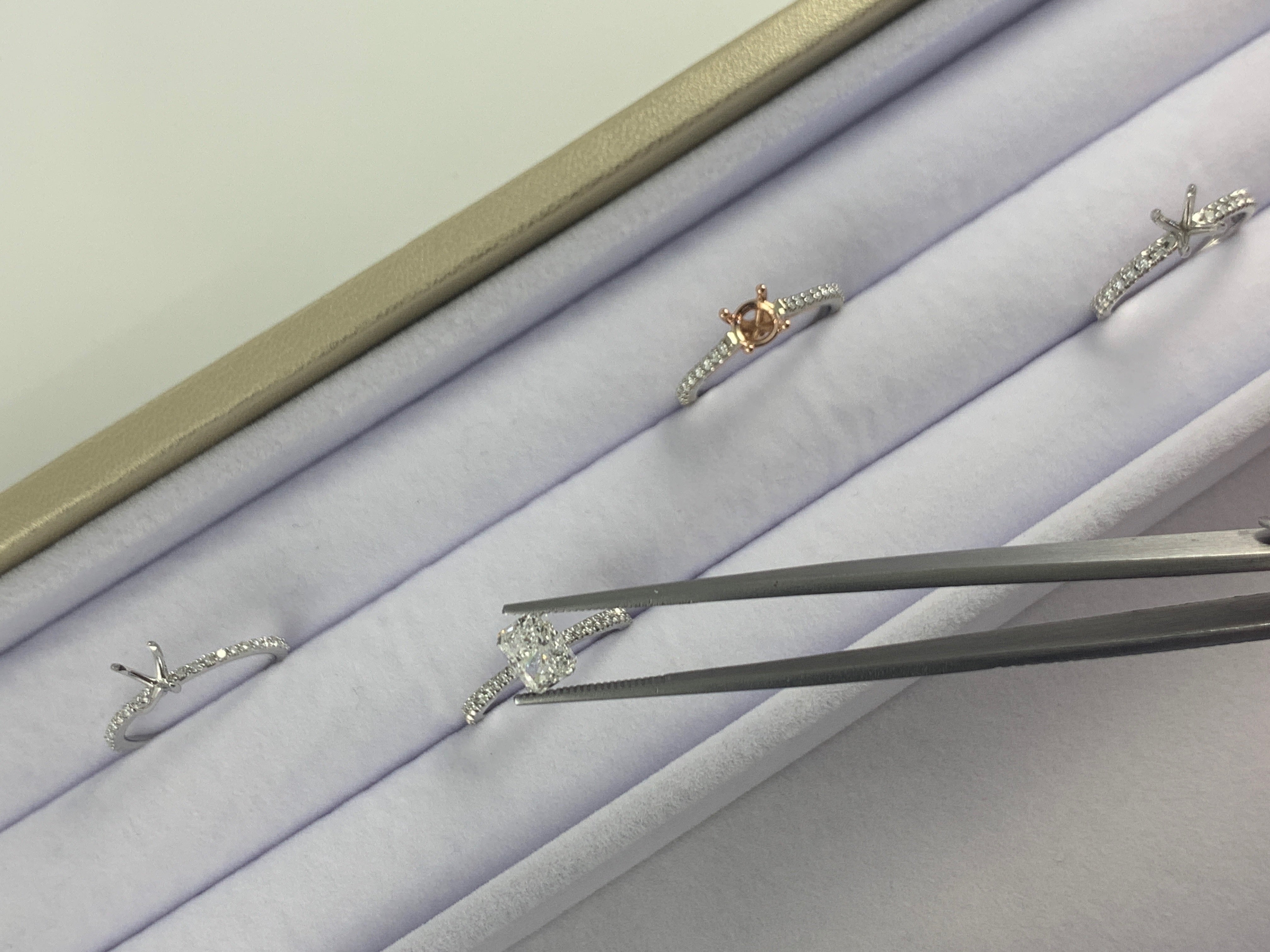
What's the difference between diamonds, lab grown diamonds and moissanite?!
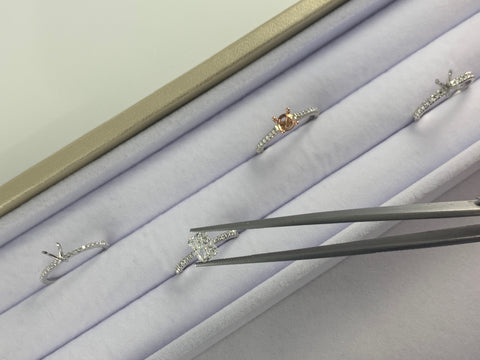
Let's talk diamond alternatives!
There are some great options if you want the look of a diamond for less money or for a more eco-friendly option. 🌎 Check out the info below and tell me in the comments if you'd consider a diamond alternative!⠀

To start, let's talk about why diamonds are such a good choice for jewelry (especially pieces like engagement rings that take a lot of wear). Diamonds are the hardest naturally occurring substance known to man kind. When we talk about stone hardness, we look at the Mohs scale which measures a mineral's hardness. On this scale, 1 is the softest and 10 is the hardest. Diamond is the only substance that qualifies as a 10. As a jeweler, I strive to make pieces that can stand the test of time, so the hardness of a stone is a major component that I consider for my pieces. You'd be surprised how many stones get chipped and scratched from simple, everyday wear. Another reason why diamonds are so popular is there brilliance. When cut correctly, they have a brilliance to them that allows them to keep sparkling even if they are a little dirty. Many other stones become extremely hazy and dirty looking with even the slightest amount of soap scum or dirt beneath them.
All this being said, I would absolutely not turn people away from diamond alternatives such as lab grown diamonds or moissanite. Let's investigate those options further....

⠀
First, we have lab grown diamonds. Lab grown diamonds can be just as beautiful as natural diamonds. They have the same chemical make up and look of a diamond, but they're grown in a lab instead of underground! Since they have the same chemical make up as a natural diamond, they also rate as a 10 on the Mohs scale for hardness. They've perfected this process so much that it takes a very specific testing device to detect the difference between a natural and lab grown diamond.⠀

⠀
Second, we have moissanite. Moissanite is a naturally occurring mineral, but it is very rare. It's safe to say, if you see a moissanite or buy one, it is lab grown. Moissanite also look so similar to a diamond, that it requires a special testing device to know for sure whether it's a diamond or moissanite. Moissanite is almost as hard as a diamond (rating between 9-9.5 on the Mohs hardness scale), making it a great option for an engagement ring or everyday wear. Fun fact... Moissanite actually rates higher than diamond on the refractive index, meaning moissanite gives off more relfection and sparkle than a diamond.

⠀
So... how much do these different options cost?
It always depends on the size, shape and quality of the stone you're looking at, but pricing for these would go in this order:
⠀
Diamond > Lab Grown Diamond > Moissanite⠀
Are you currently on the hunt for the perfect center stone and/or engagement ring or piece of jewelry? I work with many suppliers to curate the perfect group of stones and options for you to shop. I'd love to help you make the perfect choice!
Want to know more? You can reach me anytime at kait@kaitnoelle.com.
Hope this helps! XOXO- Kait Noelle

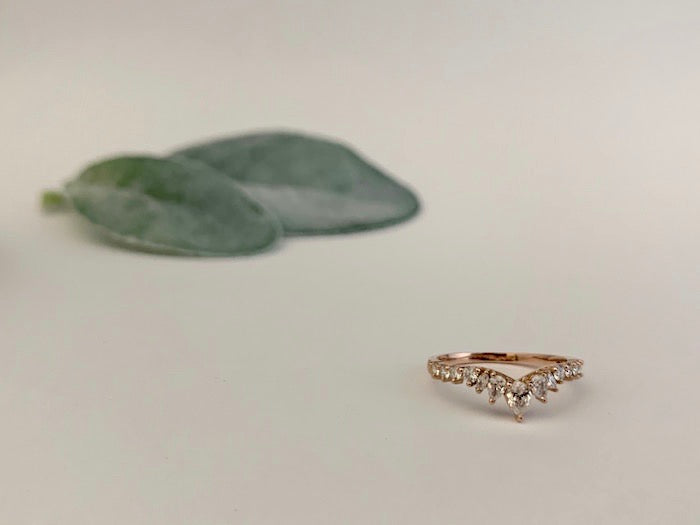
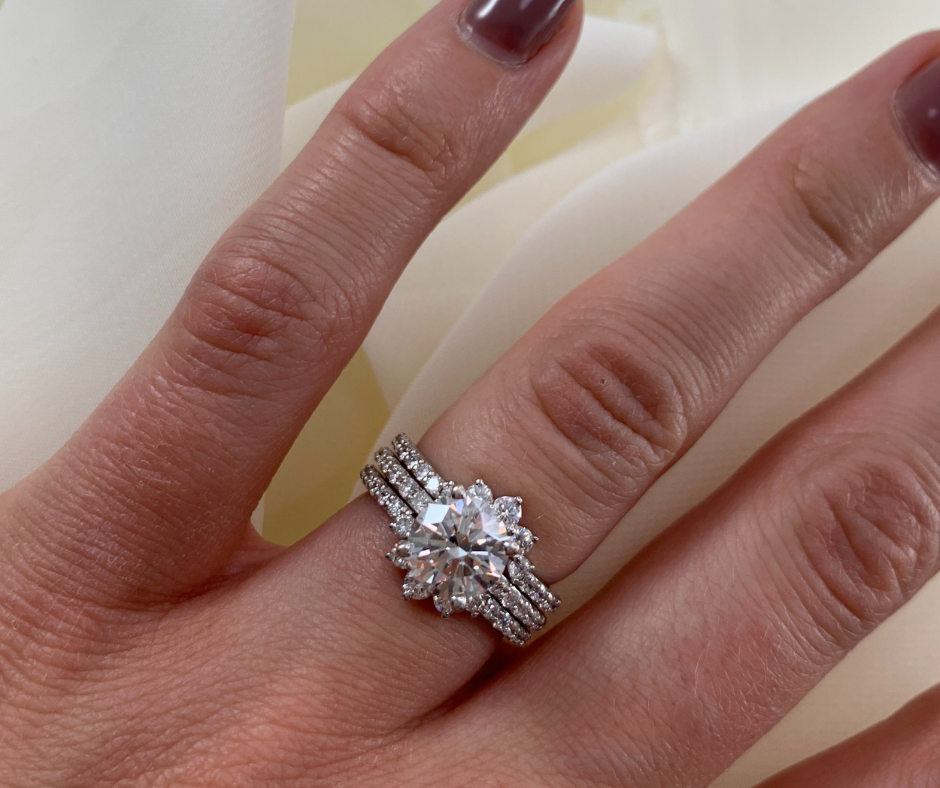
Leave a comment
This site is protected by hCaptcha and the hCaptcha Privacy Policy and Terms of Service apply.